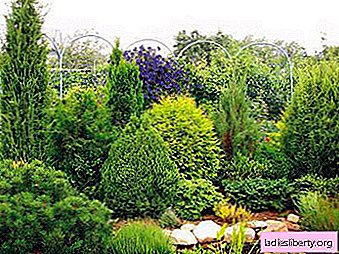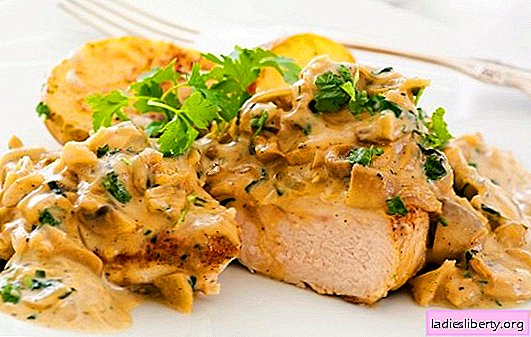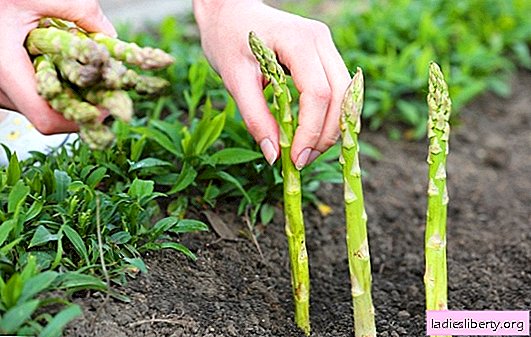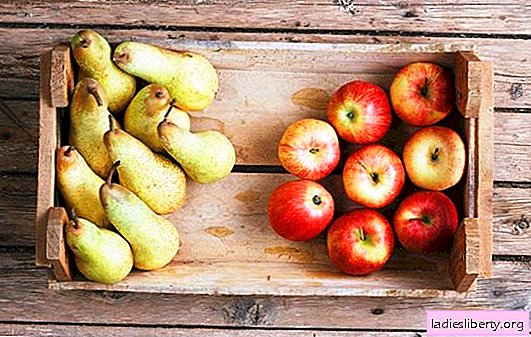
What breeds and varieties of coniferous dwarfs to plant so that they please the eye for many decades? The choice is very large. True, some varieties will have to be chased.
Mountain pine is the leader in the number of compact varieties, as well as in “suitability” for us. It does not freeze, does not burn, is less prone to fungal diseases than others. And many varieties are quite available in garden centers. The species pine itself is mountain - although not a tree of the first magnitude, it does not pull on a dwarf. And even more compact variety, which can often be found on sale, grows into a large bush, occupying a significant area. Compact, but not so dwarf - 5 cm growth per year - Varella variety with long needles. An increase of 5-6 cm in height and 3-4 to the side per year in a pine of a wide-conical shape Allg. Jacobsen - a variety with very densely spaced needles and chaotic shoots - on the contrary, grows more in breadth than in height. Very compact variety - grows two centimeters a year.
Five-coniferous pines, for example, the Weymouth pine (Pnussfrobus), are distinguished by long blue needles. True, it is this species and the most "mushroom". The Tiny Curls variety is not only compact, blue and long-coniferous, but also the needles are twisted into spirals! It looks like a Green Twist variety. Sea Urchin is a very dense and blue sea urchin. Similar hemispheres form the Blue Shag and Kruegers Liliput.
Forewarned is forearmed
It is worth paying attention to the varieties of pine Banks, European cedar pine and Siberian cedar pine. Our native pine ordinary boasts especially densely knocked down varieties. And, oddly enough, her cultivars are more susceptible to fungi. So, the yellow-bark pine-like ordinary pine and its Schmidtii variety have shown themselves to be unstable in our climate. Twigs, cones, and all very small A huge number of dwarfs gave us ordinary spruce (P / cea abies). They are unpretentious and very decorative, although somewhat uniform in appearance.
Let's look at some examples.
The old, proven and affordable Little Gem variety is not so small when it grows in the garden for ten years. Issues 3-5 cm per year. Mariae Orffiae grows a little more tall than in breadth. At the age of 30-40 years is not higher than a meter. Minuta is a flattened pillow, a ten-year-old specimen with a diameter of -25 cm. A weeping variety with relatively short growths of 5-6 cm per year - Formanek. Magnificent on stones, as if flowing down from them. Ideal for retaining walls and slides. A pillow with bright yellow young growths, then acquiring a green tint, is AureaWB. Pusch: An indefinite dwarf with many cones. Funny Christmas tree, although not quite small.
Serbian spruce (P. omorica) is not only stable, but also charms with two-color needles. Pimoko is a wide pyramid that adds up to 6 cm in height a year. PeveTijn has a round crown with a golden hue. But in adulthood, he threatens to become taller than the owner, as he gives up to 7 cm in height per year. Treblitzsch, Tremonia, Frohnleiten are similar: rounded, with growths of 4-6 cm.
Varieties of spruce spruce (P. pungens) bring blue color to the dwarf community. A charming combination of pink cones and blue needles in the variety Hermann Naue, growing with a wide pyramid. The old common cultivar - Glauca Globosa - is not such a dwarf. May require crown adjustment. Blaukissen, BluePearl, Waldbrunn are similar. Gray, round, 4-6 cm per year. The contrasting varieties of Sith spruce (P. sitchensis) proved to be insufficiently hardy in snowless winters. Varieties of oriental spruce (P. orientalis) are also unsuitable for us.
If you expect from fir not only greatness
Fir in the first years of life in the garden require special attention on the subject of fungal diseases. When browning needles near the crown of the kidneys, fungicide therapy is urgently needed. It is also important that the variety is not grafted onto white winter-hardy fir.
Varieties of fir Abies concolor) - with gray needles, Korean (A kogeapa) - green or grayish, balsamic (A balsamea) - green, Vicha (A. veitchii) and subalpine A. lasiocarpa) - bluish. An absolute hit among the varieties of fir in recent years - Korean fir Icebreaker. An unusual appearance is created by needles twisted with a bluish seam inside out. Growth 3-5 cm to the side per year, flat pillow. Often you can find on sale a bright yellow grade of Nordmann fir (A nordmanniana) Golden Speader. He will live in the garden until the first snowless winter.
For the garden under the forest canopy
For relatively shady places, the Tsuga canadensis are suitable. The variety Everitts Golden has yellow needles and grows mainly up. Minuta - this is a dwarf from dwarfs: no more than 1 cm of growth per year! You will always consider it almost in a magnifying glass and weed intensely around weeds. Jervis - grows compactly and vertically. Verkade Recurved - growth of 5-6 cm mainly up, rounded unusual needles. Gentsch White is not quite a dwarf: it grows 12 cm each, but it deserves attention because of the snow-white tips of the branches. White-headed and yellow-coniferous tsugi can burn out when placed in full sun.
Plant for completeness
Thuja occidentalis (Thuja occidentalis) - one of the few who live by the principle of "stuck - growing." The vast majority of varieties are very unpretentious. Danica is a classic of the genre, a neat green ball, with a maximum chest height. The Maloniana Holub variety, although it will grow to eye level in a few decades, has a very narrow crown and looks like a goof. Junipers, for the most part, are growing rapidly. Even horizontal {Juniperus hohzontalis) quickly conquers space. But his bright yellow Mother Lode variety is very modest, adding 3-5 cm per year.
Seasonal changes are made in the coniferous garden of larch. Their dwarfs are of the same type: a pillow without shape. The most attractive varieties of Kempfer larch Larixkaempferii) with blue needles. The most compact of them is Wolterdingen. He shoots hard, but due to the chaotic growth, Craci does not become big, it’s all as if one solid fascia. Larches are little susceptible to disease, only they need full sun. Pseudotsuga dwarfs (Pseudotsuga menziesii) look great and grow well with us, but getting them is problematic.
Cypress and Canadian Spruce Conica breed easily and look very attractive. But alas ... They burn, are affected by mushrooms, Christmas trees by a tick. Now cover them, then spray them, and beauty only diminishes over the years ... Oddly enough, the same thing happens with most varieties of juniper.











